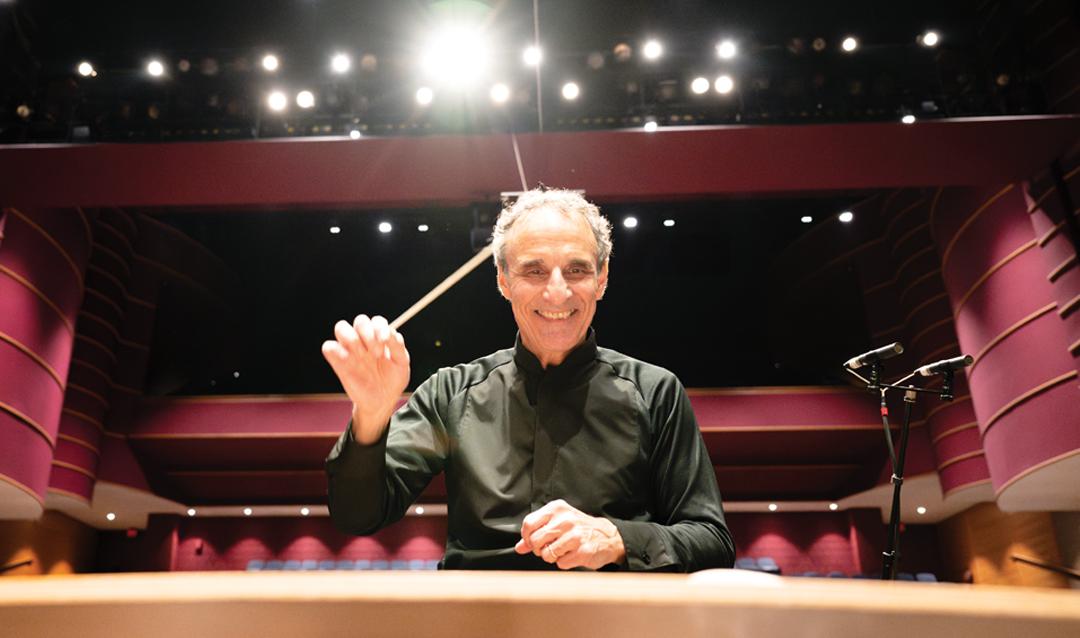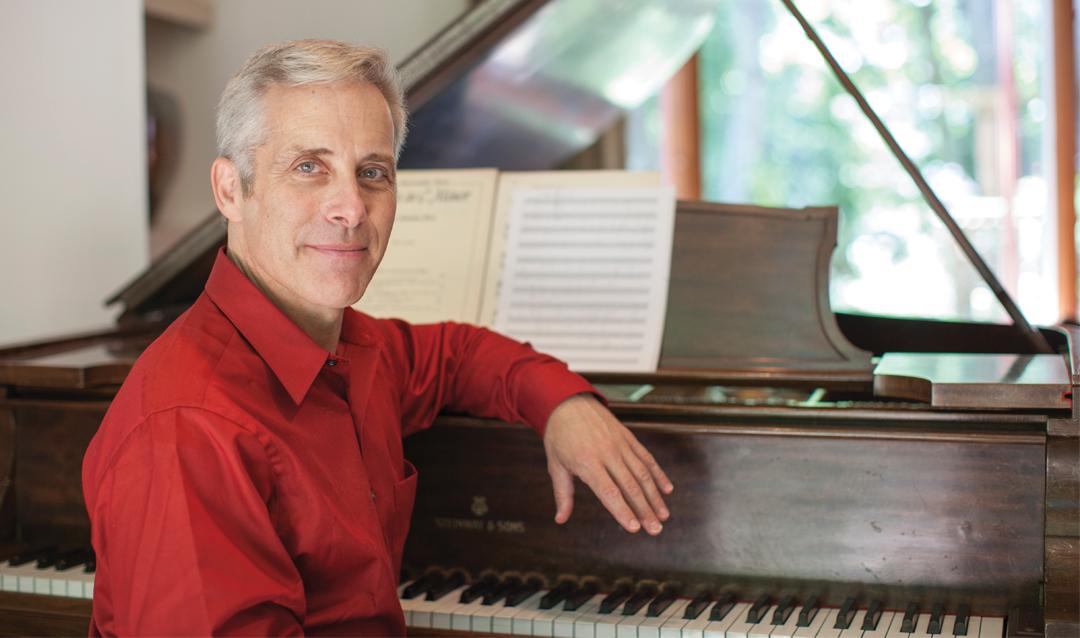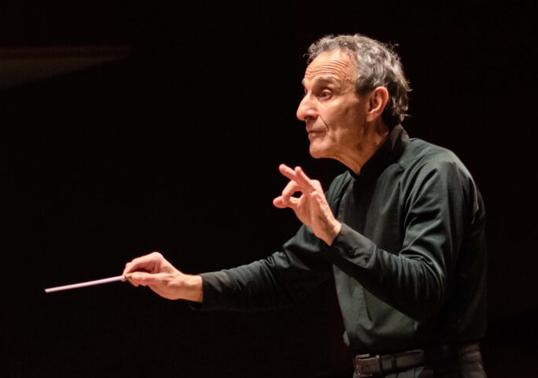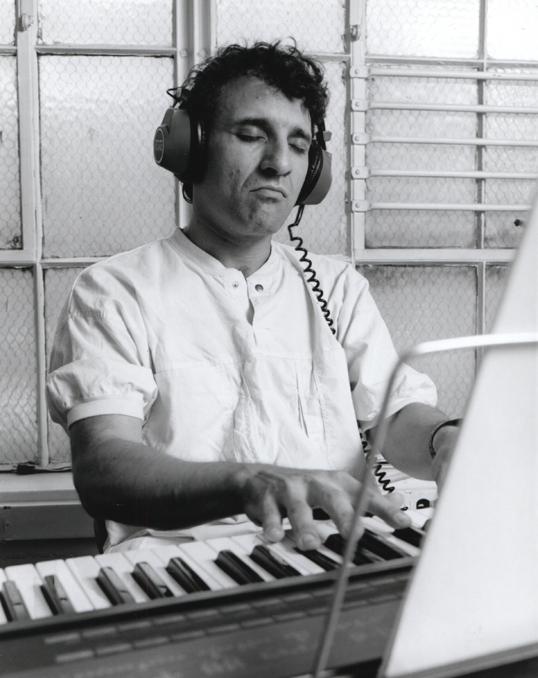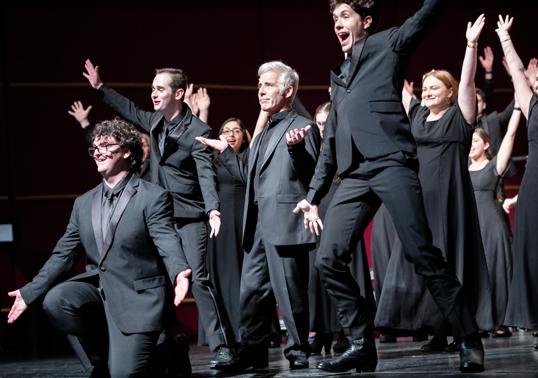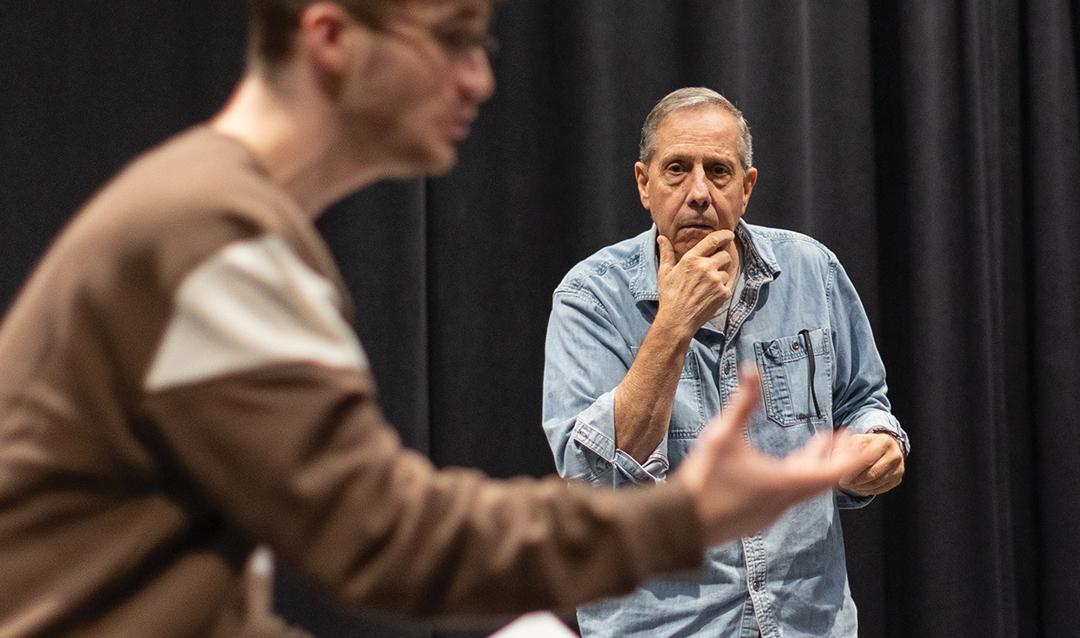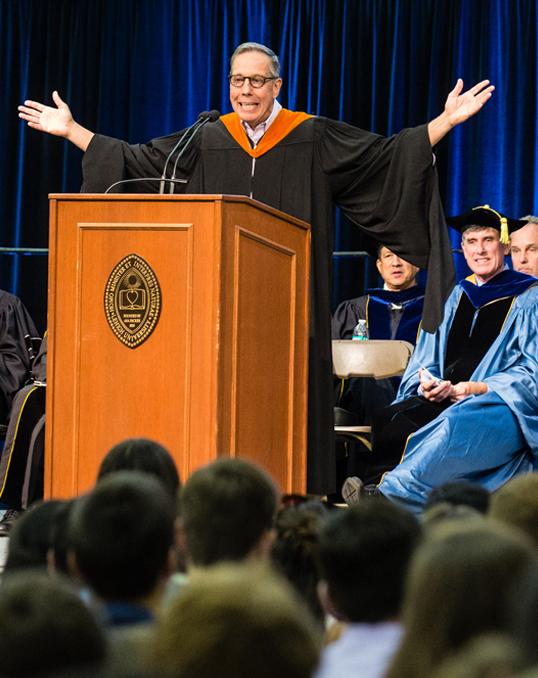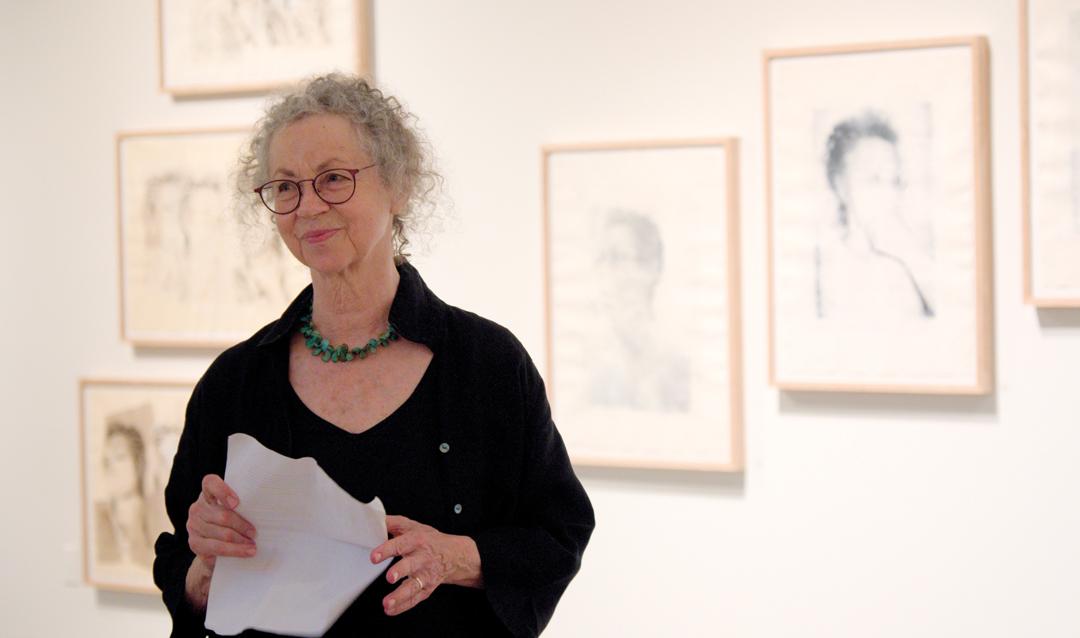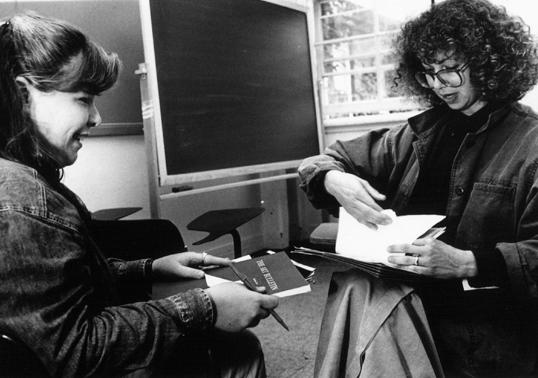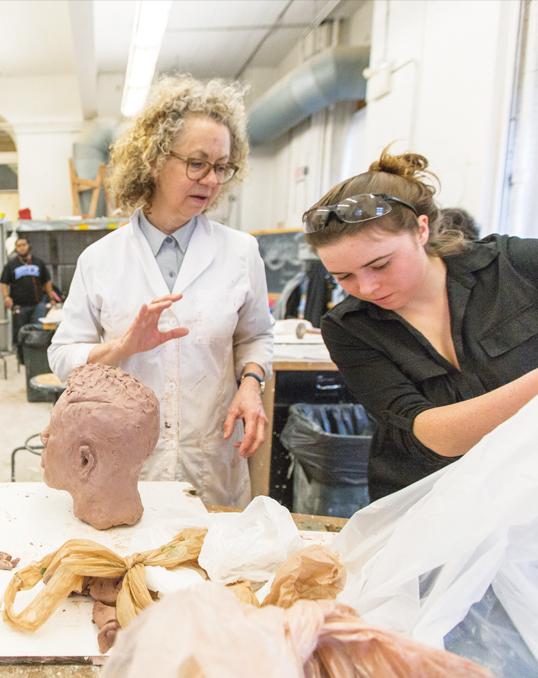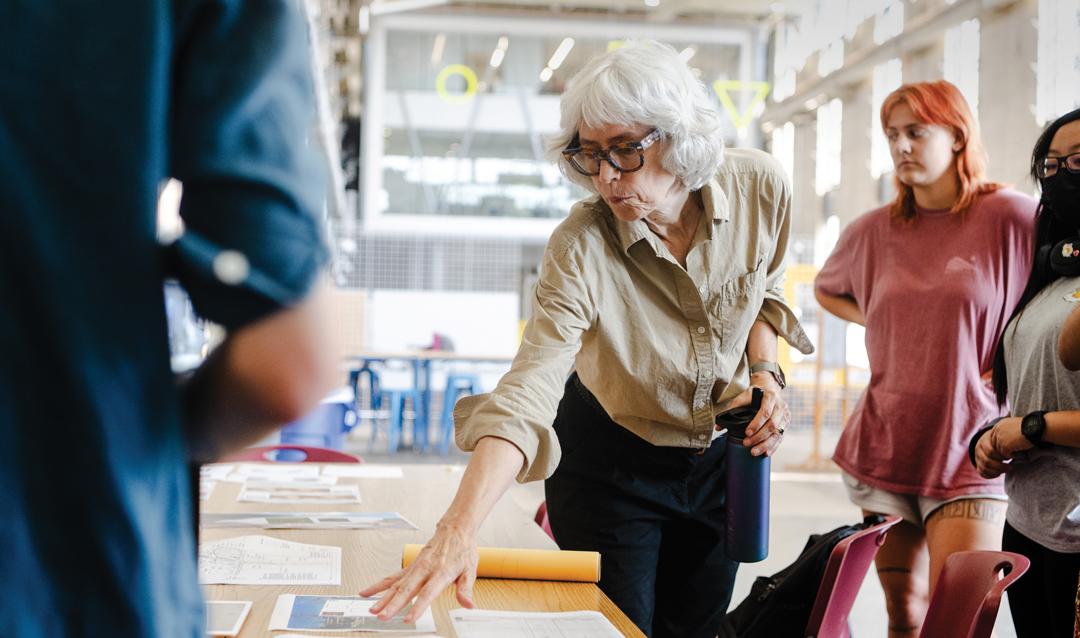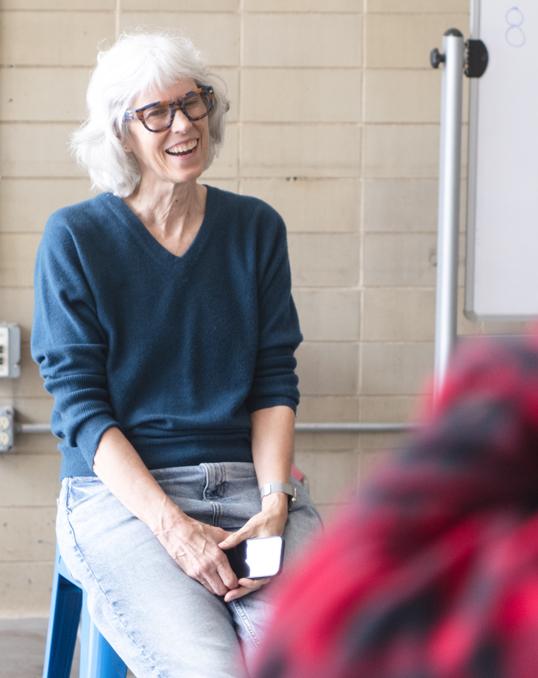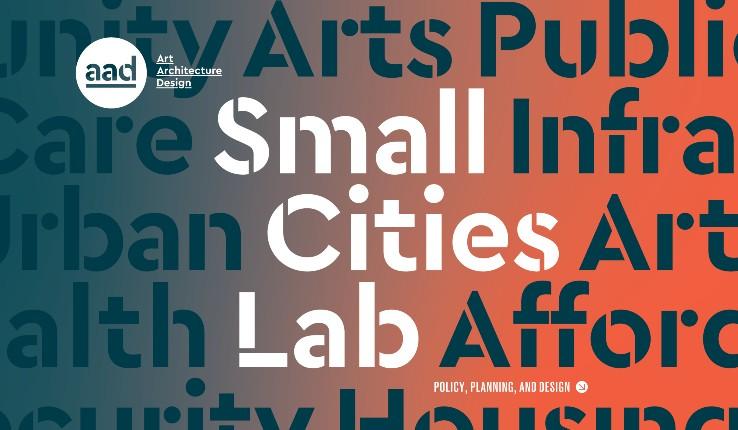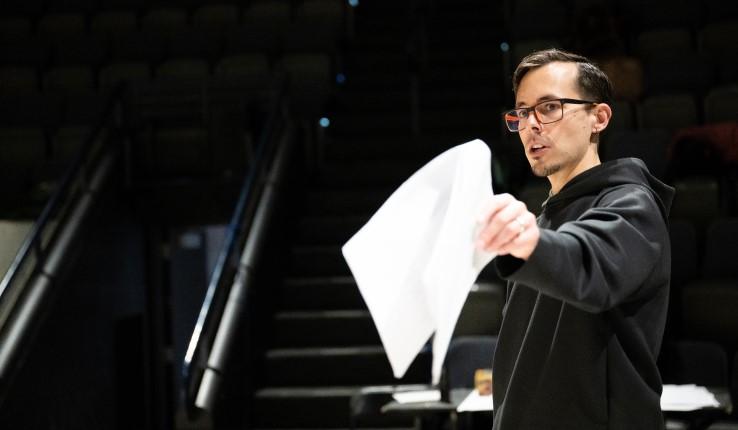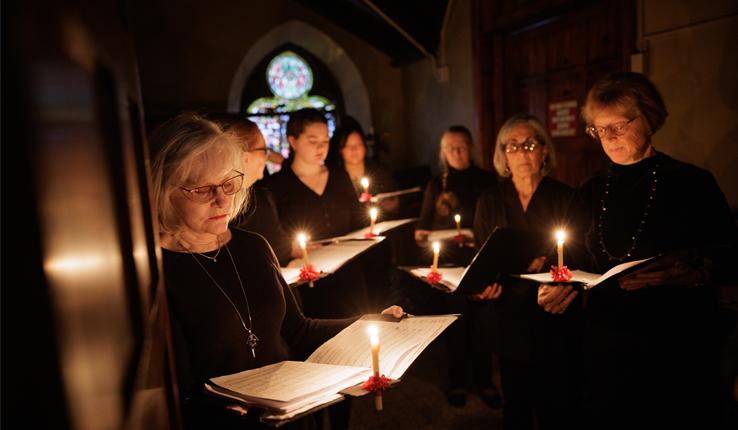218 years. That’s the astounding number of years that arts professors Paul Salerni, Steven Sametz, Augustine Ripa, Lucy Gans and Christine Ussler ’81 have spent cumulatively in the consequential task of teaching, mentoring and shaping the futures of Lehigh students over more than four decades.
As individuals, each has made a significant impact in their discipline and, together, on Lehigh.
The university was at a crossroads in 1979 when Salerni, Sametz and Ripa arrived looking for a place to share their artistic passions—Salerni and Sametz in music and Ripa in theater. Gans arrived a couple years later and Ussler soon after that, both in art and architecture.
To put it into historical context, this was five years after Lehigh went co-educational and the university was figuring out how to evolve from a male school seen as focused on engineering and business to one more broadly concerned with shaping well-rounded students of both sexes.
They seized the moment.
Says Sametz: “The then-dean who hired me told me Lehigh was an ‘infertile field for the arts,’ and he did not expect me to stay. I don’t know if that was a challenge, but I think we might have shown there was a lot here waiting to happen.”


